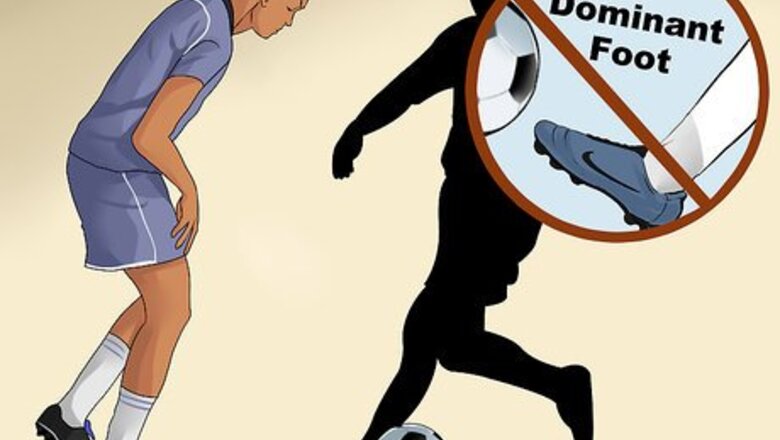
views
Blending in with Crowds
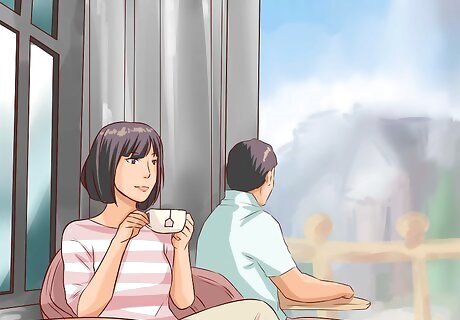
Study your environment and its population. The most effective way to blend in is to look like everyone else. Take a cue from nature and learn the best ways to camouflage yourself.

Dress simply in neutral colors. Neutrals include black, white, brown, khaki, navy and gray. Limit use of any bright colors to one small item, as an accent. Avoid graphics, including logos, and wild patterns on your clothing. Unless you are hanging out with a group of fashionistas, those busy leggings and rapper-designed sneakers will attract attention, and a lot of it! Limit accessories to 1 or 2, and keep them small and tasteful. Leave the expensive handbag or watch at home.

Dress appropriately for the event and/or venue. Wear a suit to a formal academic or professional meeting, but not to a movie date. Avoid wearing hobby or job related gear out of context. A fishing vest should only be worn when fishing. Also leave the camo at home unless you are actually hunting. Bring appropriate gear for the weather. Walking around in the pouring rain without an umbrella or jacket will attract attention from others, much like wearing shorts in a snowstorm.

Hide any distinguishing marks on your body. Take out any piercings other than small gauge earrings. Cover tattoos and/or noticeable birthmarks with clothing or makeup, if possible. If you are planning to get some (or more) body art, make sure it is on a part of your body you can hide easily without having to wearing odd clothing. A tattoo on your upper arm that can be hidden under a short sleeve shirt will help you be invisible, while a full arm sleeve requiring long sleeves in hot temperatures will draw attention. When removing a piercing, use a spacer to prevent the hole closing. You can get one at jewelry stores or piercing shops.

Stick with classic and natural-looking hairstyles. Dye your hair only shades found naturally in hair. Avoid trying out the newest trend in styles or cuts. It’s better to let others work out the kinks and wait until the style is widely socially acceptable. Your hair doesn’t have to be your natural shade, but blue or green will create the opposite effect of what you want! Trendy hair colors like gray and pale pink will also garner lots of attention.
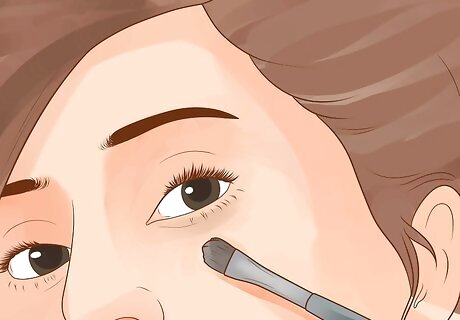
Keep your makeup conservative. Avoid emphasizing one feature over others. Makeup application has become a popular artistic expression and pastime, but just as following the latest clothing or hair trends garners glares and double-takes, so will dramatic makeup.
Being an Anonymous Participant

Avoid isolating yourself. Whether in class, at social gathering, or out in public, attempts to withdraw from everyone around you will only make you more noticeable. Lone individuals are much more likely to be noticed and remembered than a quiet member of a crowd or group. The better you “fit in,” the more invisible you are.

Be respectful and polite to others. When someone addresses you, respond politely and directly, and don’t avoid eye contact. Pay attention in class so you can answer a question if called on by your teacher. Avoiding spreading gossip and say only kind things about others. There’s no need to engage in a detailed conversation with everyone you meet, but saying thank you to the cashier or bank teller will make them less likely to remember you than looking at your feet and not saying a word. If you have an issue with someone, address it with them in person. Talking negatively about someone brings more attention to you than to them. A good rule of thumb is to treat others like you would like to be treated if in their shoes.
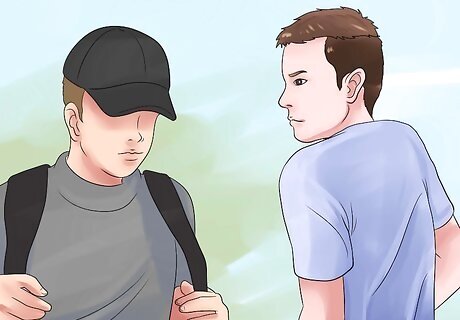
Sit or stand near other people instead of away from them. You don’t want to be the center of attention, but you also don’t want to appear to be avoiding it. Sit at a table near other people instead of a dark corner alone. You will look less like an outsider than just another person in the room. Avoid sitting in the back or front rows in class. The teacher is more likely to call on you if you look like you are trying to hide in the back.

Look busy to prevent being approached. On the bus or train, use your smartphone or bring a book. Wear headphones when walking around or sitting down. In class, take notes to show you are paying attention.
Traveling Incognito

Dress like a local. Don’t wear a wool coat in Michigan when it is 50°F and everyone else is in short-sleeves. If you are from Florida and used to warmer weather, pack layers instead of heavy clothes. Also pack neutral colors and common items, like jeans and t-shirts until you observe local styles. Look up normal temperatures during the month of your visit and the rest of the year. Compare these to those where you live to get an idea of how local people might dress for the weather. Wear a neutral or modest outfit the first day or two until you have observed what most people in the area are wearing. Wearing graphic leggings and trendy shapes might make you stick out in a rural setting, for example.
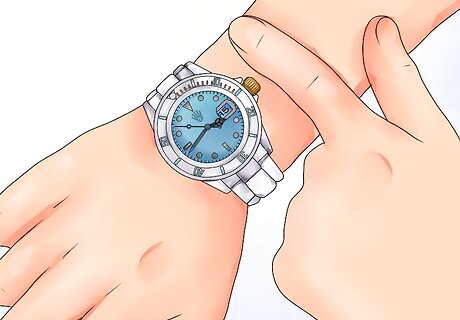
Avoid expensive clothing and accessories. A Gucci bag or Rolex will make you stand out in most places, and will also make you a target for thieves. Keep accessories simple. Unless you are attending a special event, leave most of your jewelry at home. Use good judgment. Louis Vuitton luggage might look perfectly natural in L.A., but will be a flashing sign of wealth in a small town.
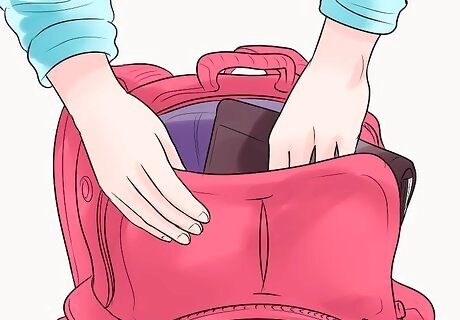
Don’t carry excessive or obvious travel gear. Nothing says ‘tourist’ like a camera bag, tennis shoes, and a handful of maps. Use your smartphone’s map application instead of a physical map. They usually have GPS features too, so are easy to follow. Carry a nice camera if you have one, but your phone probably has a good camera on it already, and is sufficient for most outings.

Adopt local customs and costume. Especially when traveling abroad, adhering to local customs will help you fit in better even if you look “foreign.” People always appreciate it when you take their culture into consideration by following basic social rules. In Muslim countries, wear pants instead of shorts. Avoid sleeveless shirts and low collars. Look in travel guides and on travel sites online to see what is commonly acceptable for men, women and teens to do. You don’t have to act like a native by missing out on fun experiences, but do them with the humbleness of a guest. Ask friends or family who have visited the same place for advice on cultural differences.
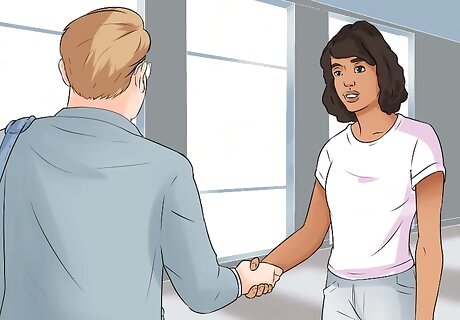
Learn to say basic greetings and useful phrases in the local language. “Hello,” “please,” and “thank you” are necessary words to know. Also know how to ask someone if they speak English, and how to tell them you don’t speak the native language fluently. Speak clearly and at a normal pace. Take time to pronounce words correctly. If someone doesn’t understand you, try different words or thank them and find someone who speaks your language. If traveling within your own country, people may know you are from out of town by your accent. If you cannot avoid being noticed for speaking differently, you can shift their attention to detail by being polite and respectful.

Watch your speaking volume. Americans speak much more loudly than most other cultures. Use a softer voice than you do at home to ensure you are not yelling at native speakers.

Keep your body language approachable and confident. Looking nervous or uncomfortable will attract attention and may cause people to avoid you. Walk with good posture, make eye contact when speaking to people, and smile.

Avoid looking lost. If you don’t know where you are going, walk confidently to a café or shop to ask for directions or look at a map. Keep your gaze straight ahead instead of looking quickly and repeatedly in all directions, especially while walking. Avoid stopping in the middle of a street or public area. Never pull out a map on the street or in a busy public space. If you don’t see an official you can ask for help, like a police officer or guard, go inside a business or tourist site nearby and ask for directions. Asking multiple passers-by on the street will bring all eyes to you. If you are confused about where you are, try to keep your gaze ahead of you. Looking forward makes you appear to know where you are going. Try not to look all around you as you walk.
















Comments
0 comment